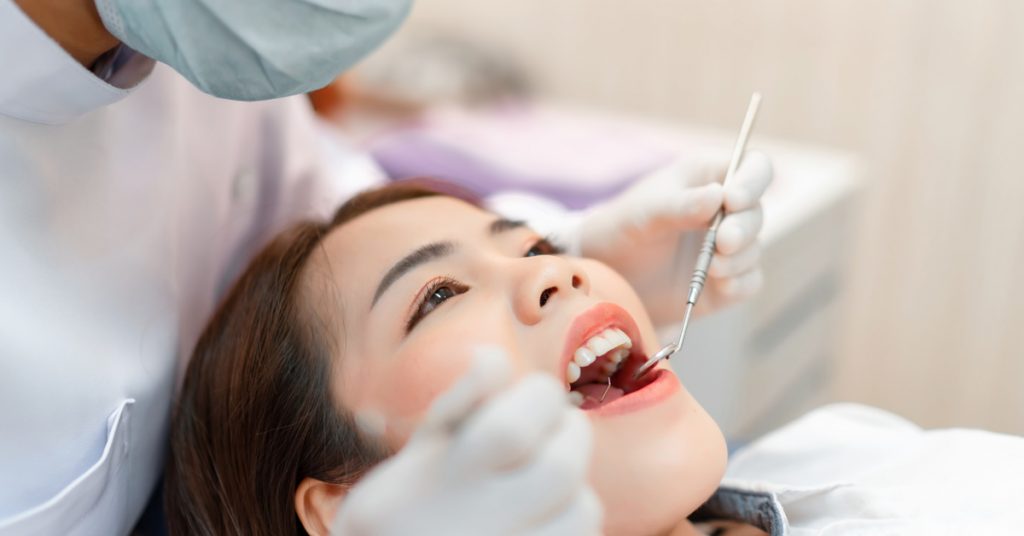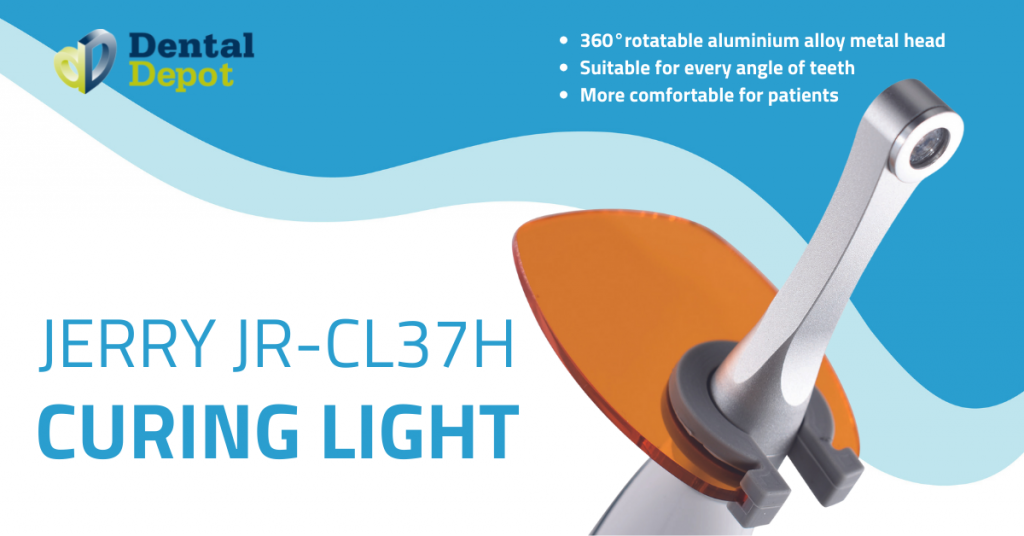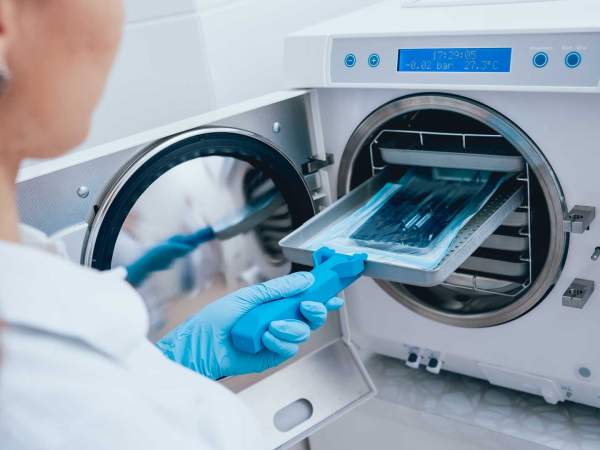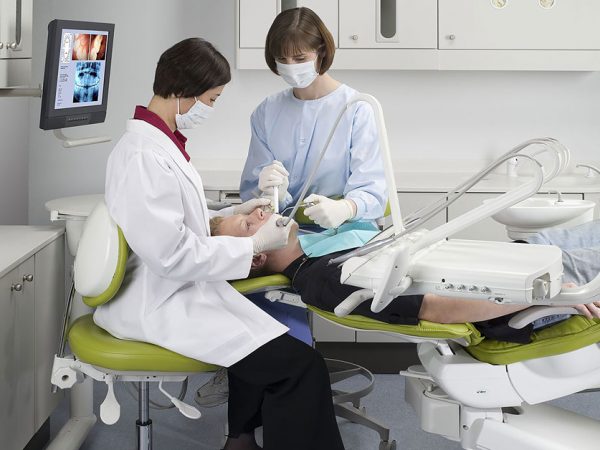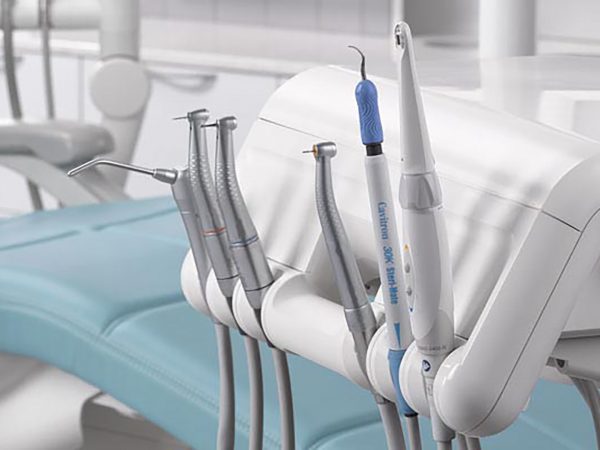It’s a dentist’s nightmare to have a patient return after a filling with another complication. Unlike many other professions, a dental slip up can have detrimental effects directly on a person’s health. If you’re like us, we got into the dental industry to help people and keep them smiling for longer, so it’s important we’re equipped with the gear to make sure that happens.
Resin-based dental repairs are a widely popular modern method that studies have proven can last just as long as amalgam restorations when proper techniques and equipment are used. One of the leading concerns regarding these fillings is improper polymerisation which can lead to several other complications.
Proper polymerisation is needed for composite materials. When it’s not completed in full, it hinders the strength of the tooth restoration. Insufficient polymerisation may cause water absorption, reduced hardness of the cured resin, or making it more soluble – which isn’t what you want.
A curing light uses a high-intensity light through a fluorescent bulb that contains plasma. When a resin-based composite is exposed to this light it can harden in as little as three seconds.
With so many cheap options on the market, a quality curing light is a piece of dental equipment that someone may be tempted to overlook. If you want to manage overhead by looking for budgeted and off-label products, we strongly recommend not including a curing light in this category.
While it can seem attractive to pick up a non-surgical curing light for under $20, you run the risk of getting a product that may increase your failure rate.
Propper resin repairs require proper polymerisation. When that’s done these filling can last for over 10 years. So for maximum patient satisfaction, it’s in your clinic’s best interest to invest in a light that’s right for you.
What To Consider
Not all curing lights operate at the same wavelength. Because of that, it’s important you find an option that is compatible with your preferred restorative material.
Before selecting your curing light, it’s important that you know exactly what composites you will be partnering it with. Each resin composite requires different technical requirements which should be displayed in the item details.
Here’s some things to consider before purchase:
Intensity
The higher intensity of your light, the better it can polymerise composites at depths.
Wavelength amplitude
Because different resins react differently to different light sources your best bet is to find a light that works with as many resins as possible. A high-quality lamp should offer a wide range of wavelengths to produce the most optimal curing response from a number of resins.
Although, when you know you work with the same composites each day, you can relax and buy a lamp that you know will work with your standard materials and don’t have to worry about reaching a super broad wavelength spectrum.
Training
Once you have a light that’s right for your services and materials, that’s only half the battle. Most of the success rate depends on the knowledge of the person using it – a 2010 study by Richard Price concluded that from 20 students who had basic training, only 16% could successfully provide enough energy for proper polymerisation. After more extensive training using a mannequin and stabilising the light as close as possible to the tooth, the students’ improved to a 95% success rate. So make sure all of your dental staff are trained in this field as it often falls to the dental assistant to handle this item.
Accessibility & Design
Finally, think about accessibility. Most large fillings are needed in the molars, so if your light is bulky and difficult to maneuver, it may make it more difficult to reach the back of the mouth.
A Curing Unit You Can Trust
The Jerry JR-CL37H is perfect for orthodontic bracket bonding, porcelain veneer bonding and aesthetic resin filling and restoration. Our Jerry JR-CL37H Curing Light is a favourite option for Australian Dentists.
The new JR-CL37H (2020) model is within the 385-520nm wavelength which makes it perfectly suitable for resin.
The slender neck and curved handle make it super comfortable for the patient, no matter what angle it’s used at.

